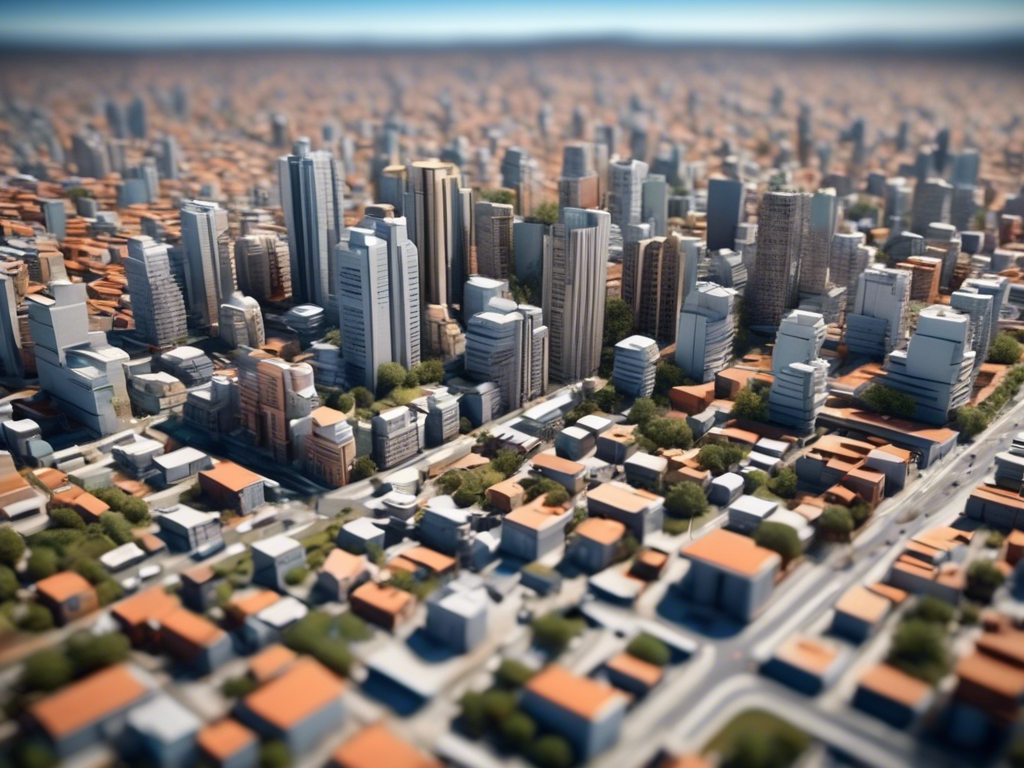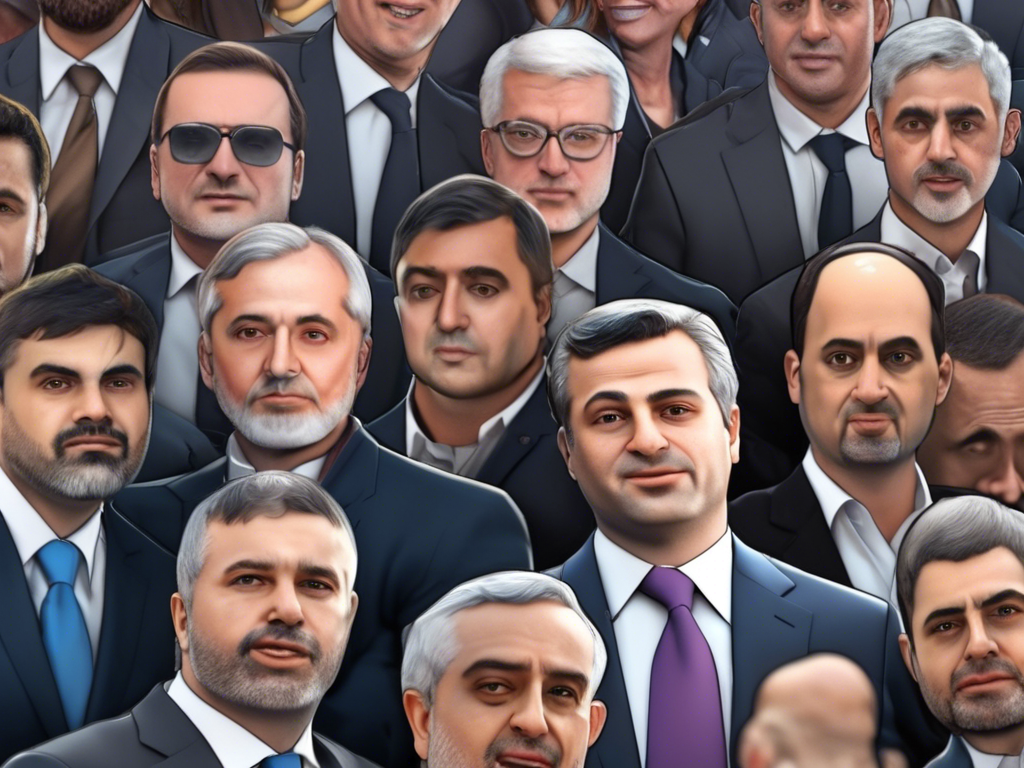The Lingering Segregation in South Africa
South Africa’s legacy of apartheid still affects the urban design of the country, maintaining segregation and economic disparity between races. Despite the end of apartheid, the divide between the majority black population and the minority white population remains. The lasting effects of apartheid are evident in the unequal distribution of wealth, lack of infrastructure, and racial segregation in urban areas. The struggle to undo the racist urban design of apartheid has led to ongoing economic inequality and social issues in South Africa.
Decades after apartheid, South Africa continues to grapple with the consequences of its segregated urban design. The legacy of apartheid has left a lasting impact on the country, with significant disparities between different racial groups. This has resulted in ongoing economic inequality, lack of infrastructure, and social issues that continue to affect the lives of millions of South Africans.
The Impact of Apartheid on South African Cities
The urban design of South African cities has been heavily influenced by apartheid policies, leading to the perpetuation of segregation and inequality in the country. The spatial patterns created during the apartheid era still shape the layout of cities and townships, with significant disparities in access to resources and opportunities between different racial groups. These disparities continue to affect the lives of millions of South Africans, contributing to high levels of poverty and economic inequality.
– The legacy of apartheid continues to shape the urban design of South African cities, perpetuating segregation and inequality.
– Spatial patterns created during apartheid continue to influence the layout of cities and townships in South Africa.
– Disparities in access to resources and opportunities between different racial groups contribute to high levels of poverty and economic inequality in the country.
– The impact of apartheid on urban design is evident in the ongoing segregation and lack of integration in South African cities.
Challenges Faced by Residents in Townships
Residents in townships, such as Thembisa on the outskirts of Johannesburg, face numerous challenges related to access to resources and opportunities. Many residents work outside of the townships in areas with better infrastructure and amenities. The lack of access to employment opportunities, reliable transportation, and basic services such as water and sanitation contribute to the difficulties faced by residents in townships. Economic disparities between townships and more affluent areas further exacerbate the challenges faced by residents in these areas.
– Residents in townships face challenges related to access to resources and opportunities, including employment and basic services.
– The lack of reliable transportation, employment opportunities, and basic services such as water and sanitation contributes to the difficulties faced by residents in townships.
– Economic disparities between townships and more affluent areas further exacerbate the challenges faced by residents in these areas.
– Residents in townships often feel stuck due to limited access to opportunities and resources available in more affluent areas.
Efforts to Address Economic Disparities
Since the end of apartheid, efforts have been made to address the economic disparities and social issues resulting from apartheid policies. Initiatives such as the Reconstruction and Development Program (RDP) aimed to provide affordable housing and improve living conditions for the poorest South Africans. However, the focus on housing development has unintentionally reinforced the spatial patterns of apartheid, with the poorest residents located on the outskirts of cities. The lack of integrated development, including schools, clinics, and cultural activities, has further perpetuated economic disparities and segregation in South African cities.
– Efforts have been made to address economic disparities and social issues resulting from apartheid policies.
– Initiatives such as the Reconstruction and Development Program (RDP) aimed to provide affordable housing and improve living conditions for the poorest South Africans.
– The focus on housing development has unintentionally reinforced the spatial patterns of apartheid, with the poorest residents located on the outskirts of cities.
– The lack of integrated development has further perpetuated economic disparities and segregation in South African cities.
The Ongoing Struggle for Equality
Despite some progress since the end of apartheid, South Africa continues to face challenges related to economic inequality, social issues, and corruption. The promises of a better life for all made by Nelson Mandela’s ANC party have not been fully realized, with many South Africans still living in poverty. The ANC government has been criticized for its failure to address the lingering effects of apartheid and for allegations of corruption. The legacy of apartheid continues to impact the lives of millions of South Africans, creating ongoing challenges for the country’s future.
– South Africa continues to face challenges related to economic inequality, social issues, and corruption.
– The promises of a better life for all made by Nelson Mandela’s ANC party have not been fully realized, with many South Africans still living in poverty.
– The ANC government has been criticized for its failure to address the lingering effects of apartheid and for allegations of corruption.
– The legacy of apartheid continues to impact the lives of millions of South Africans, creating ongoing challenges for the country’s future.
Hot Take: Towards a More Equitable South Africa
South Africa continues to grapple with the enduring effects of apartheid on its urban design and society. The legacy of apartheid has left a lasting impact on the country, perpetuating segregation and economic disparities between racial groups. Efforts to address these challenges have been made, but more needs to be done to achieve true equality and integration in South African cities. The ongoing struggle for equality highlights the need for continued action and reform to create a more equitable and inclusive society for all South Africans.





 By
By
 By
By
 By
By
 By
By
 By
By
 By
By